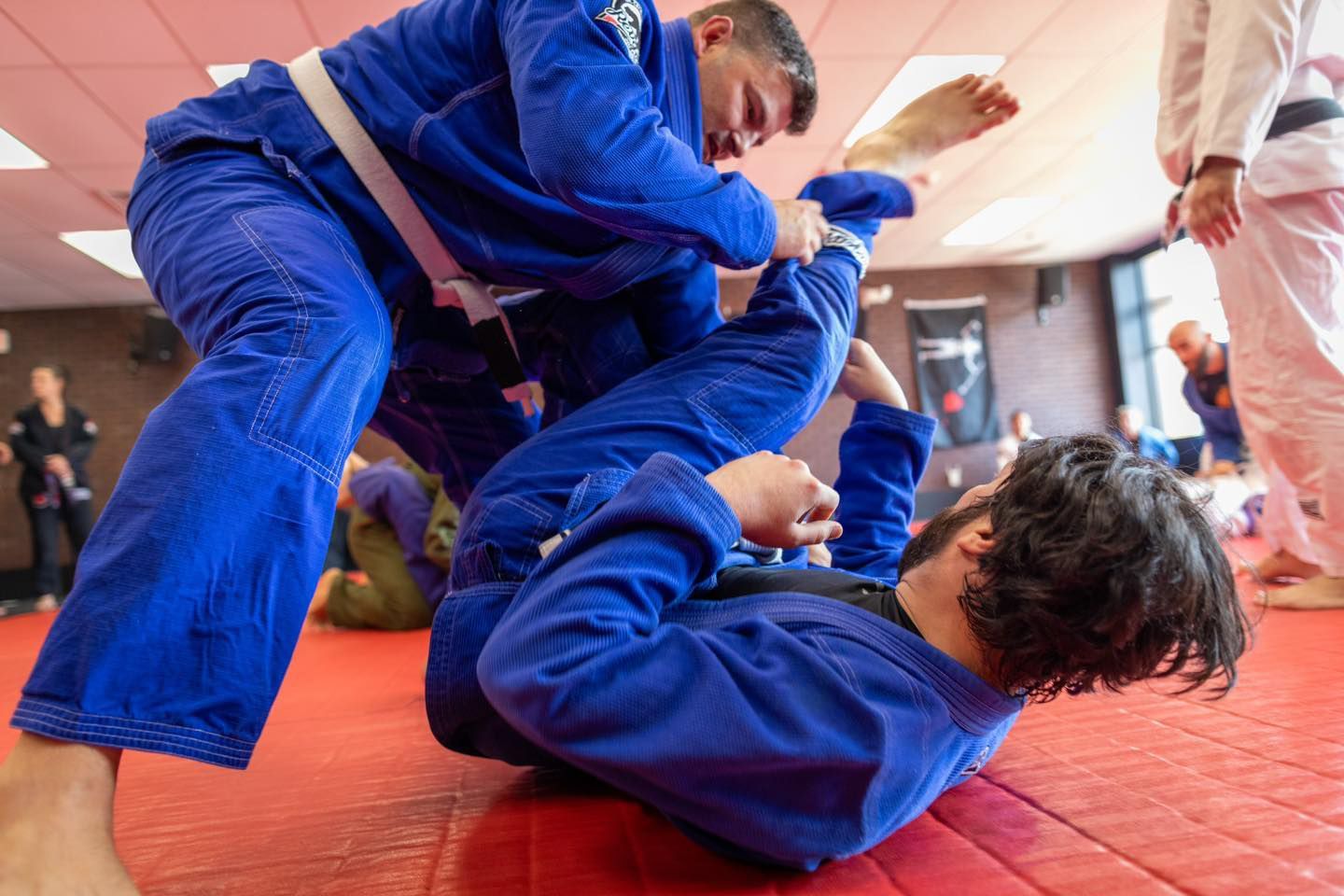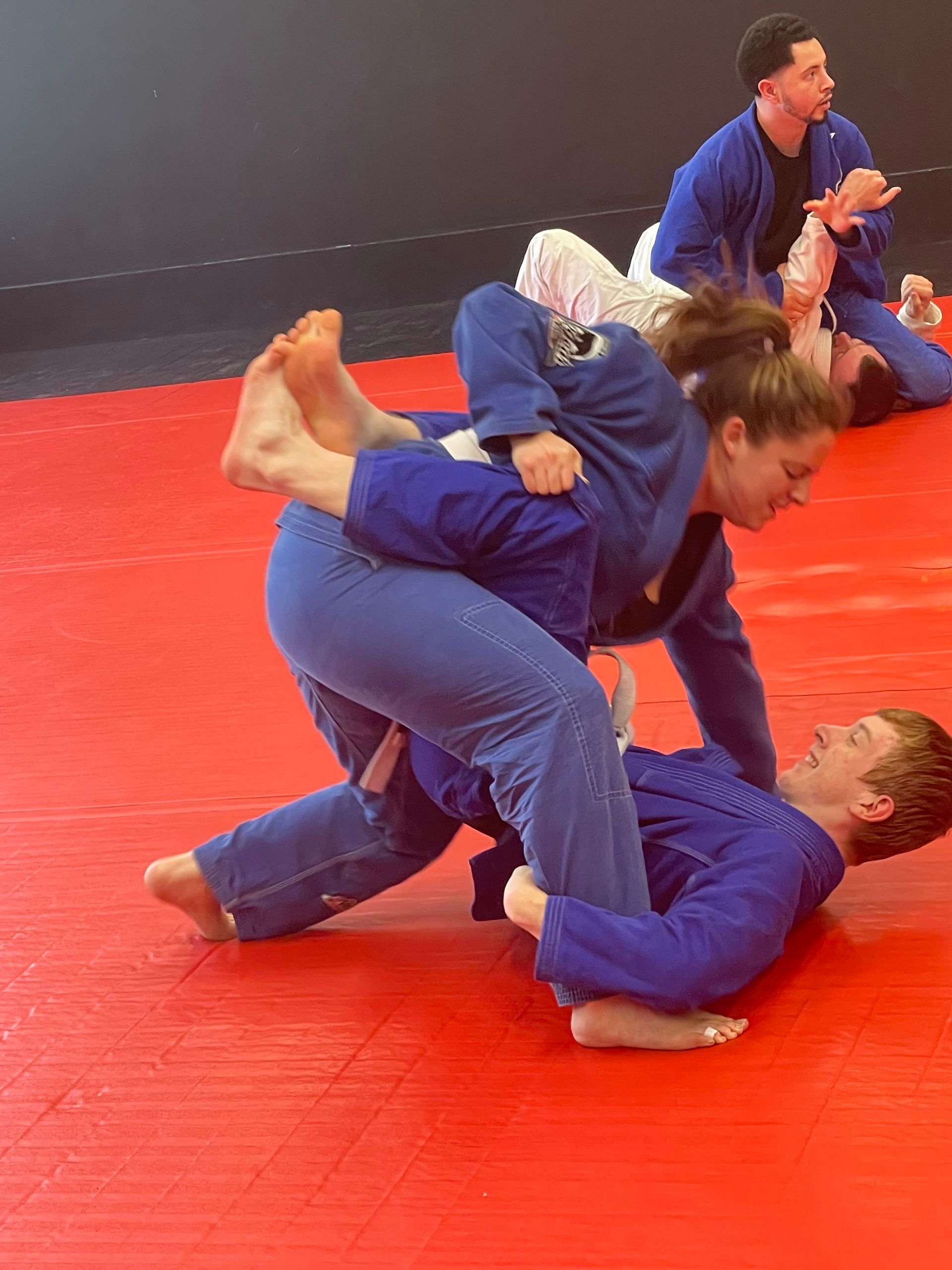The Best Backup for a Failed Kimura: Classic Armbar Transition
Flow Over Force: How to Transition From a Failed Kimura to a Straight Armbar
In Brazilian Jiu-Jitsu, one concept reigns supreme: flow over force.
You’ll hear black belts say it over and over again — “Don’t force the submission. Let it come to you.” That philosophy is the heart of why BJJ works. It’s not about being the strongest or fastest. It’s about using leverage, timing, and positioning to **flow into opportunity**.
That brings us to today’s technique breakdown — the best backup for a failed kimura: the classic armbar transition. This old-school submission combo is as reliable as it gets when you understand the mechanics. And when you can flow from one attack to the next with purpose, you stop chasing submissions and start setting traps.
Why This Kimura-to-Armbar Transition Matters
If you’ve been training long enough, you’ve had the kimura stuffed. Maybe your opponent hides their arm. Maybe they base out. Maybe they roll or post and shut you down completely.
But what if you could bait that reaction?
The kimura-to-armbar transition isn’t just a backup plan — it’s a strategic setup. You give them something, knowing they’ll react a certain way. And when they do, you’re already one step ahead.
The Key Principle: Give to Get
At IMA, we drill this idea constantly: “Give to get.” Whether it’s guard retention, passing, or submissions — you often have to offer something before your opponent exposes what you really want.
When you attack with a kimura, you’re threatening the shoulder. Your opponent responds — usually by extending their arm or turning away. That’s when you flow into the classic armbar transition, attacking the elbow with precision and control.
It’s not about muscling them into submission. It’s about leading the dance, one move ahead.
Let’s Break It Down: Kimura to Straight Armbar
Before we get into the mechanics, here’s the full technique breakdown with Coach Chuck on our YouTube channel:
📺 **Watch Now**: [Kimura to Straight Armbar Transition (YouTube Short)](https://youtube.com/shorts/MusUA7mda6M?si=YUFl1jEuUX5c-1DJ)
1. Set the Trap: Initiate the Kimura
You’ve got control of your opponent’s posture and wrist. You start to sit up or isolate their arm from a position like closed guard, half guard, or side control.
The kimura is on. You’re threatening a serious submission. But let’s say your opponent defends:
* They straighten their arm to avoid the shoulder torque
* They try to posture up
* They shift their weight and base out to kill your angle
Perfect. That’s what you wanted.
This is where most people stall. They fight the kimura harder. They burn energy. And they miss the window.
2. Feel the Reaction and Flow
As your opponent reacts, you don’t panic. You flow.
The moment they straighten their arm or shift their weight forward, you change direction — transitioning from shoulder attack to elbow attack. The key is recognizing when the kimura is no longer the best option and having the confidence to move on without hesitation.
You already have control of the wrist. Now shift your hips, angle out, and clamp their arm between your legs. This is your entry into the straight armbar — the best backup when the kimura fails.
3. Positioning is Everything
Now comes the fine detail — the difference between finishing the armbar or watching your opponent slip out and pass your guard.
* Your hips must be tight to their shoulder
* Your top leg crosses the face, creating pressure and control
* Your bottom leg curls into their ribcage to lock them down
* The arm stays thumb-up, extending directly against your hips
It’s a tight, technical finish. No flailing, no sloppy extension. Just smooth, calculated pressure.
Classic, Effective, and Still Nasty
There’s a reason the straight armbar is one of the oldest submissions in the book. It’s brutal when applied correctly — and it’s a fantastic complement to the kimura.
Too often, BJJ students treat failed submissions like failures. In reality, they’re doorways to new opportunities. This kimura-to-armbar transition teaches you to stop viewing techniques in isolation. You’re not just trying a move — you’re building a system of attacks that flow together.
When you train with that mindset, your submissions become harder to defend, and your game evolves into a web of traps and transitions.
Real Talk from Coach Chuck
Here’s the deal: You don’t get this kind of smooth flow unless you put in the reps. You’ve got to fail with the kimura over and over to understand why it opens up the armbar. You’ve got to feel the pressure points and positioning through live training.
That’s the beauty of BJJ. It’s a constant laboratory. You’re always experimenting. Always adapting.
And when you drill techniques like this the right way — with purpose, timing, and intention — they start to show up in your rolling. Not because you’re thinking about them, but because your body knows what’s next.
That’s the goal. To move with flow. To strike with precision. To stay dangerous without hesitation.
Ready to Add the Best Backup for a Failed Kimura to Your Game?
If you’re serious about building a complete submission arsenal, you’ve got to stop thinking in terms of individual moves. Learn to chain your attacks. Learn to anticipate the defense. And more than anything — learn to flow from a failed kimura into a classic armbar transition.
Start with this technique. Drill it slow. Pay attention to your timing, your hip movement, your control. Then take it live and see how often it shows up.
🎥 **Watch the Full Breakdown Here**:
👉 [https://youtube.com/shorts/MusUA7mda6M?si=YUFl1jEuUX5c-1DJ](https://youtube.com/shorts/MusUA7mda6M?si=YUFl1jEuUX5c-1DJ)
And if you’re not subscribed yet, hit that button. We’re dropping more legit BJJ transitions, submissions, and training tips every week.
Final Thoughts: Trust the Flow
The kimura-to-armbar transition is more than just a cool move. It’s a lesson in mindset.
BJJ is chess. It’s timing. It’s the ability to redirect and adapt in the middle of the fight.
Whether you’re a white belt just learning to connect the dots or a brown belt sharpening your finishing rate — this transition belongs in your game.
Train smart. Drill sharp. And always remember:
💥 Flow beats force.
💥 Precision beats power.
💥 Position before submission.
The best backup for a failed kimura? A perfectly timed, technically sound armbar.
See you on the mats,
—Coach Chuck Giangreco








